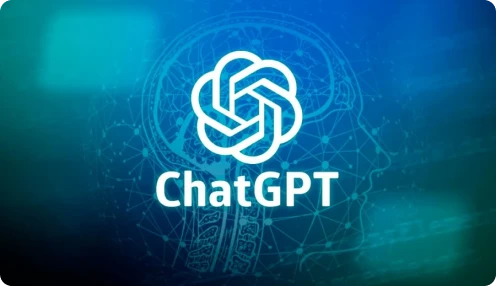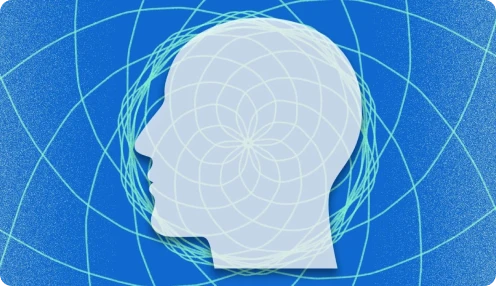
The Revolution in Language Translation
Language translation has always been a complex task, demanding not just a thorough understanding of grammar but also the cultural nuances embedded in language. With the advent of Neural Machine Translation (NMT) models, the field of language translation is witnessing a groundbreaking shift. NMT models use deep learning techniques to understand and translate languages in a way that captures both linguistic accuracy and contextual relevance.
How Neural Machine Translation Works
Neural Machine Translation leverages artificial neural networks to model the language translation process. Unlike traditional rule-based or statistical translation systems, NMT models process entire sentences, maintaining the context and meaning. This results in translations that are not only more accurate but also sound more natural to native speakers.
These models continuously learn from large datasets of human-translated texts, enabling them to improve over time and handle a variety of languages and dialects with increasing proficiency.
Challenges and Future Directions
Despite significant advancements, NMT models still face challenges, particularly when dealing with languages that have limited available data or are structurally very different. Additionally, issues like maintaining the subtleties of language, managing idiomatic expressions, and preserving cultural nuances remain areas for further improvement.
The future of NMT is promising, with ongoing research focusing on improving model accuracy, reducing biases, and expanding the range of languages supported. The goal is to achieve a level of translation that is indistinguishable from human translators, making seamless global communication a reality.



